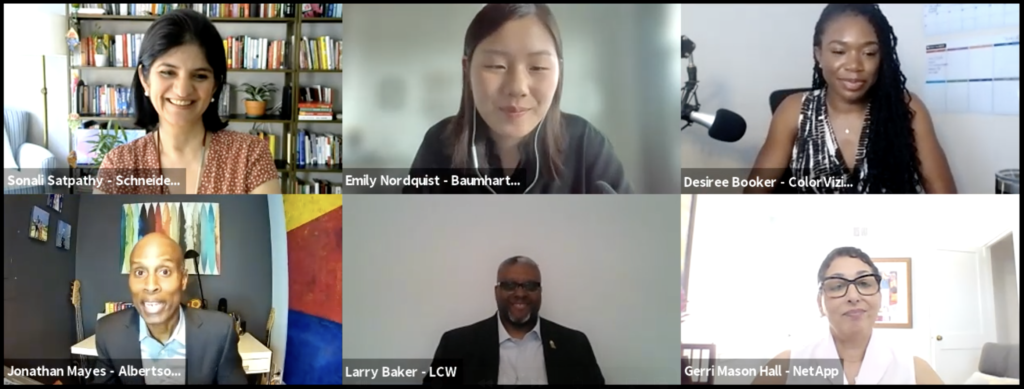How Digital Tools Give Talent Leaders More Time to Invest in Their Candidates
Innovative tools like AI not only help you get things done, but also free up time for you to reinvest in yourself. “It's important to be your authentic self. And to be your best self, you also have to take care of yourself. So if we can leverage AI and other technology tools to free up time, everyone has a choice to seek how to best reinvest that,” said Paul Phillips, global head of talent acquisition and onboarding at Avanade. That reinvestment can be taking a walk or spending more time with your kids, says Phillips, who spoke in a fireside chat at From Day One’s June virtual conference.Avanade is a joint partnership of Accenture and Microsoft focused on IT consulting of the Microsoft stack. With those credentials, “innovation is critical to our everyday business,” Phillips said. That means that job applicants must “feel and sense that they are working and operating with a leading innovator from the tech perspective.”AI is used throughout the Avanade acquisition process, beginning with writing the job ad itself. Using AI apps to craft the job description shaves 13 minutes off a task that had previously taken 15 minutes, he says. Then they use AI during the screening and evaluation process. The company does offer candidates globally the choice to opt out of the AI talent acquisition process, which about 30% do. But for the rest of the talent pool, the AI matching tool gives his team more precise matching of candidates to jobs and saves at least five days of traditional screening time.“When you multiply that by 5,000 hires, and multiply that by revenue per day, we’re talking multiples of millions of dollars that this is helping us generate on our top line growth,” Phillips said. Every applicant also has a human touch from his team, but the AI grading tool has proven to be very accurate. “It’s anywhere from two to five times more likely that anyone who is graded A or B is likely to get an offer,” Phillips said.Journalist Jeanhee Kim interviewed Paul Phillips of Avanade during the fireside chat (photo by From Day One)Technology is not the only way Avanade innovates, however. Phillips spoke about a change to the three pillars of their talent strategy. To the core talent acquisition goals of “attract, develop and retain,” his team has added “create.”“What we meant by that was our ability to actually create a new talent workforce within the Avanade ecosystem that could ultimately enable us to overcome some shortages of skills,” Phillips said. To start, Avanade began casting a wider net that looked for markers of potential to learn new skills and be retrained. “That means that we look for talent that maybe has not interacted with the Microsoft technology set, or those that may have been a performance management consultant so they have a lot of skills,” he said. And they train them, through a program called Avanade Academy. This hiring strategy has been a huge success from a diversity perspective, says Phillips.This all started in Brazil, where they hired 200 women to train in the academy a few years ago. “Not only did we see a huge spike in our diversity hiring percentage, we actually started to see a shift in the culture and the behavior of the business,” Phillips said. “Globally, in female hiring, we are striving towards parity. We’ve doubled in the last five years, from 20%, to 40%,” he said.Casting a wider net in hiring has other implications for the agility of a company, too. There’s an estimate that 85% of the jobs needed in the next five years are currently unknown. So for companies to stay abreast, hiring teams have to look for individuals who can “learn, unlearn, relearn,” and have “agility, courage, and resilience. These are different skills that we may have in the past overlooked or not seen as important.”Phillips had some comforting parting advice for those who may be daunted by the challenge of using technology in hiring and for hiring for skills that may not have even been invented yet. “Don’t be fully focused on getting it all right on day one,” he said. “We live in a very iterative world today. People are happy with continuous progress. Despite all the technology, we’re still human at heart.”Jeanhee Kim is an independent journalist who has worked for CoinDesk, Crain’s New York Business, Money magazine and Forbes Asia.





